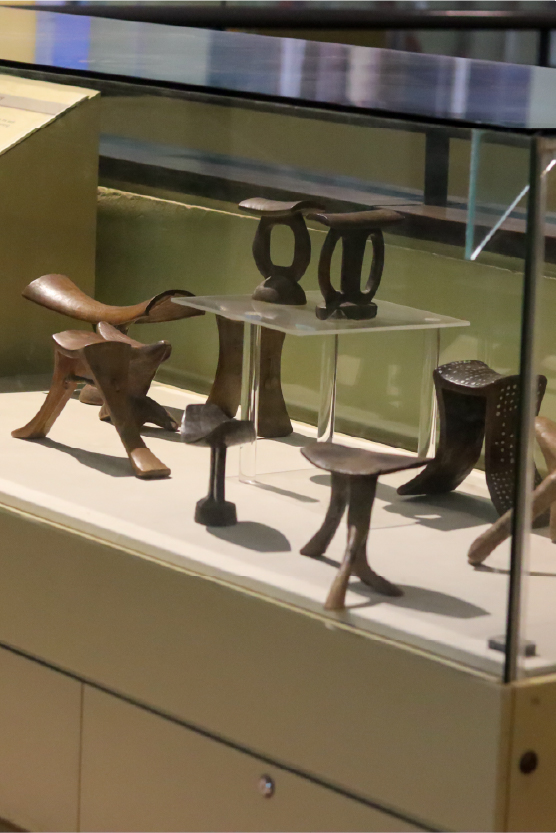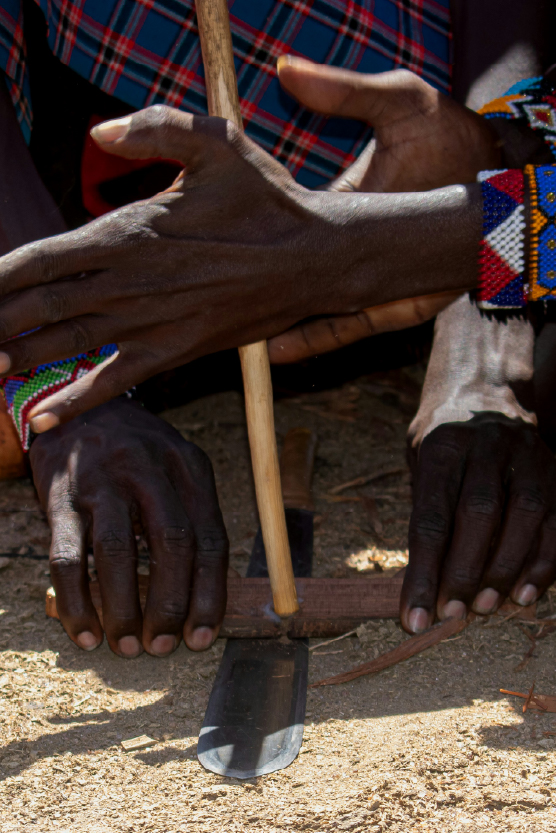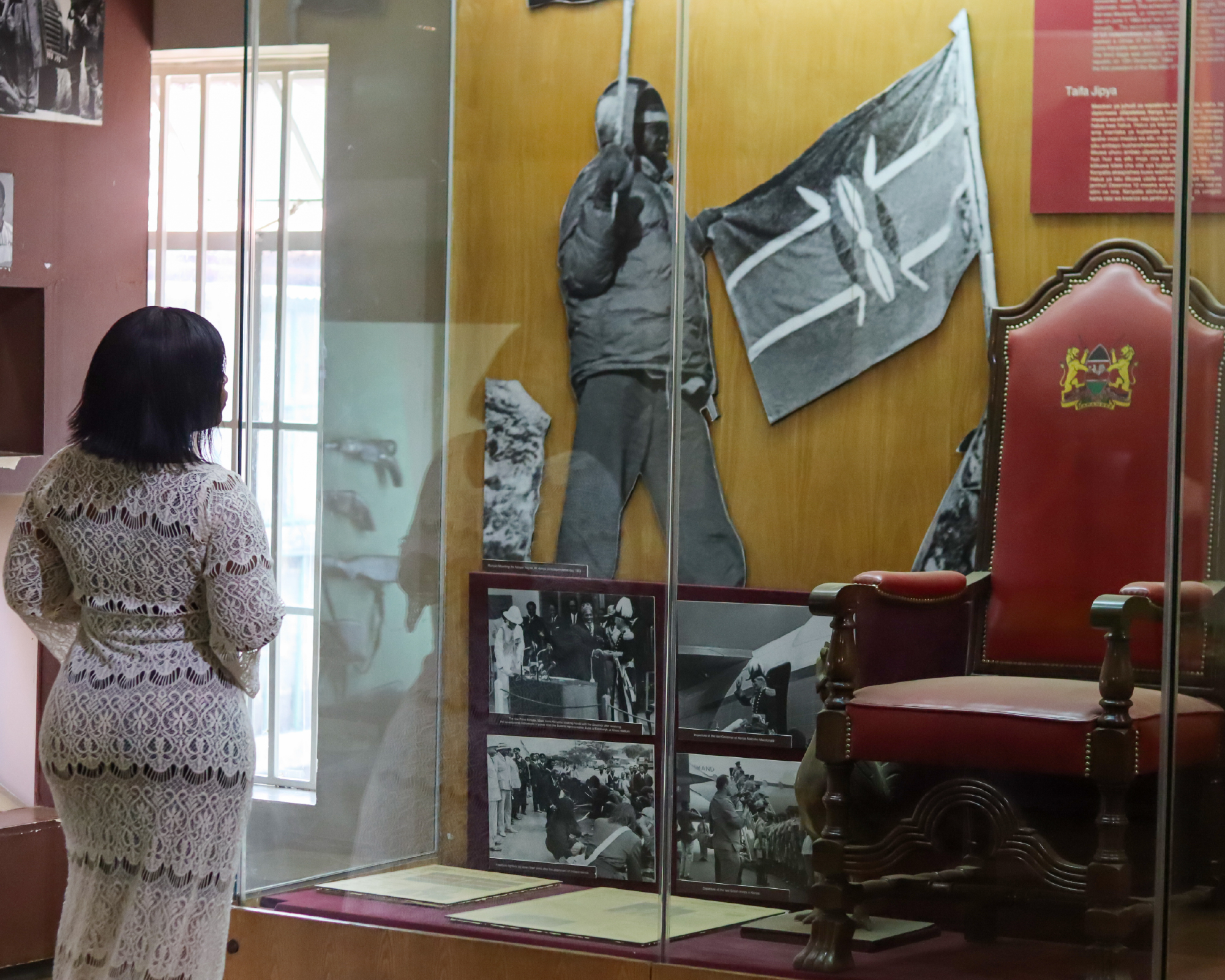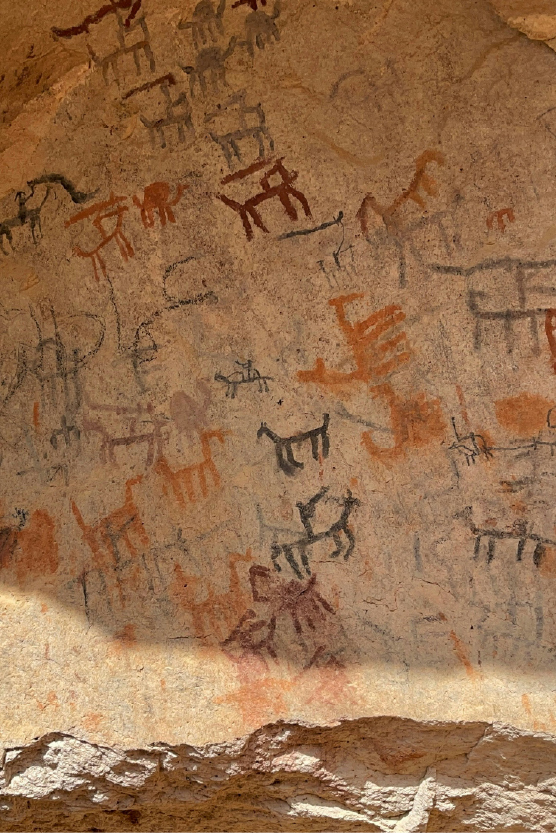Let’s face it—history gets a bad rap. People hear “history” and think of endless textbooks, dusty museums, or memorizing dates for exams. But history isn’t about rote learning—it’s about discovering. It’s a treasure hunt for the stories that made us who we are. Every artifact, every piece of art, every faded photograph is like a clue leading us back to moments that shaped humanity. It’s the ultimate story, full of love, loss, betrayal, and triumph. Once you dive in, you realize that history isn’t boring; it’s just waiting for you to uncover its secrets.
Every Object Tells a Story
Ever stared at an old stool and thought, “Okay, but why does this matter?” Here’s the thing—it’s not just a stool. It’s a time capsule. It might have been sat on by a chief during a community meeting somewhere or stepped on by a short man trying to reach his favorite mug at the top shelf. Maybe it sat on a shelf while someone painted or wrote a poem, or it was part of a ritual that brought people together.
Each artifact whispers a fragment of life, reminding us that the people of the past laughed, cried, and loved just like we do today.
What makes these objects magical isn’t just their age; it’s their ability to make us wonder. Who touched this? What were they thinking? Suddenly, it’s not just an object—it’s a portal into a life, a culture, a time that once was.
Every Object Tells a Story
Ever stared at an old stool and thought, “Okay, but why does this matter?” Here’s the thing—it’s not just a stool. It’s a time capsule. It might have been sat on by a chief during a community meeting somewhere or stepped on by a short man trying to reach his favorite mug at the top shelf. Maybe it sat on a shelf while someone painted or wrote a poem, or it was part of a ritual that brought people together.
Each artifact whispers a fragment of life, reminding us that the people of the past laughed, cried, and loved just like we do today.
What makes these objects magical isn’t just their age; it’s their ability to make us wonder. Who touched this? What were they thinking? Suddenly, it’s not just an object—it’s a portal into a life, a culture, a time that once was.


The Past and the Future Collide
History isn’t some distant relic locked in the past—it’s alive and pulsing all around us. Every tradition you hold dear, every phrase you say without thinking, every quirky habit your family has, came from somewhere. Your grandmother’s recipes? A culinary history passed down through generations. That popular dance trend everyone’s obsessed with? Probably rooted in a cultural movement decades or centuries old.
History isn’t “over.” It’s a constant loop, bringing the past into the present, shaping the way we live and think. And the best part? You get to be part of that loop. It’s like an ongoing group project, except you’re the lucky one who gets to contribute your chapter.
"History isn’t boring—it’s your origin story. Every object, every tradition, every mystery holds a clue to who we are." #ExploreWithQuinter #Legacy #LivingHistory
Museums aren’t Boring, You’re Boring
Let’s talk about museums and galleries for a second. They’re not just places full of “old stuff.” They’re vaults of adventure. That sword on display? Someone might have fought for their freedom with it. That jewelry? Maybe it adorned a ruler making a groundbreaking decision or sparkled at a royal feast. The seemingly ordinary objects of the past were once part of someone’s extraordinary life.
These spaces aren’t just about preserving things; they’re about keeping stories alive. Walking through a museum is like flipping through the Instagram feed of ancient times—snapshots of bravery, creativity, and humanity that feel closer than you might think. You can even leave your comments in the suggestion box! They remind us that even though centuries have passed, our emotions, ambitions, and struggles remain strikingly similar.

What Happened Here?
History is also full of mysteries that invite us to play detective. Why did a civilization vanish without a trace?

Who created the intricate cave paintings, and what were they trying to say? Why was a priceless artifact buried in the middle of nowhere? Every puzzle is an open invitation to ask, “What’s the story here?”
Solving these mysteries is as thrilling as any crime drama. The difference? These aren’t fictional. They’re the real-life stories of people whose choices and actions ripple across time to impact the world we live in today.
The Lessons We Can’t Afford to Ignore
History isn’t just about looking back—it’s about learning forward. Every mistake, every triumph, every wild risk that paid off (or didn’t) from the past is a free cheat code for the present. Understanding history means understanding the patterns of humanity, which helps us navigate the challenges of today and tomorrow.
And with so much change happening around us—cultural shifts, technological advances, global challenges—history serves as an anchor. It reminds us of who we are, what we’ve been through, and what we’re capable of achieving.
Keeping the Stories Alive
Preserving history isn’t about hoarding old stuff; it’s about keeping the stories alive. It’s about remembering where we’ve been so we can figure out where we’re going. Next time you hear a story from your grandparents, wander through a gallery, or even stumble upon a weird historical fact while at the Nairobi Museum, don’t brush it off. Lean in. Listen to its emotions, struggles, and victories. It’s a reminder that we’re all part of something bigger. So, what chapter will you help write next?
